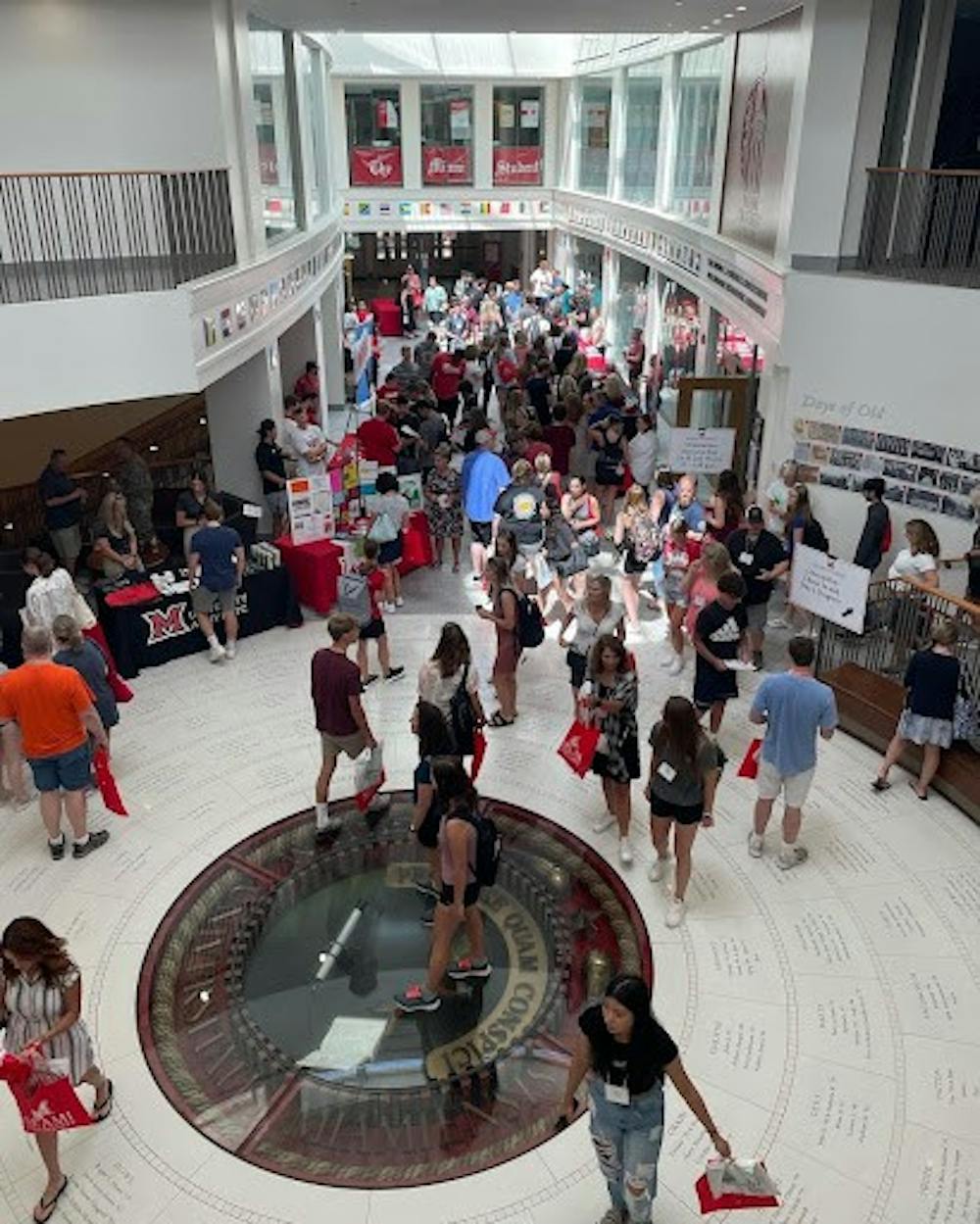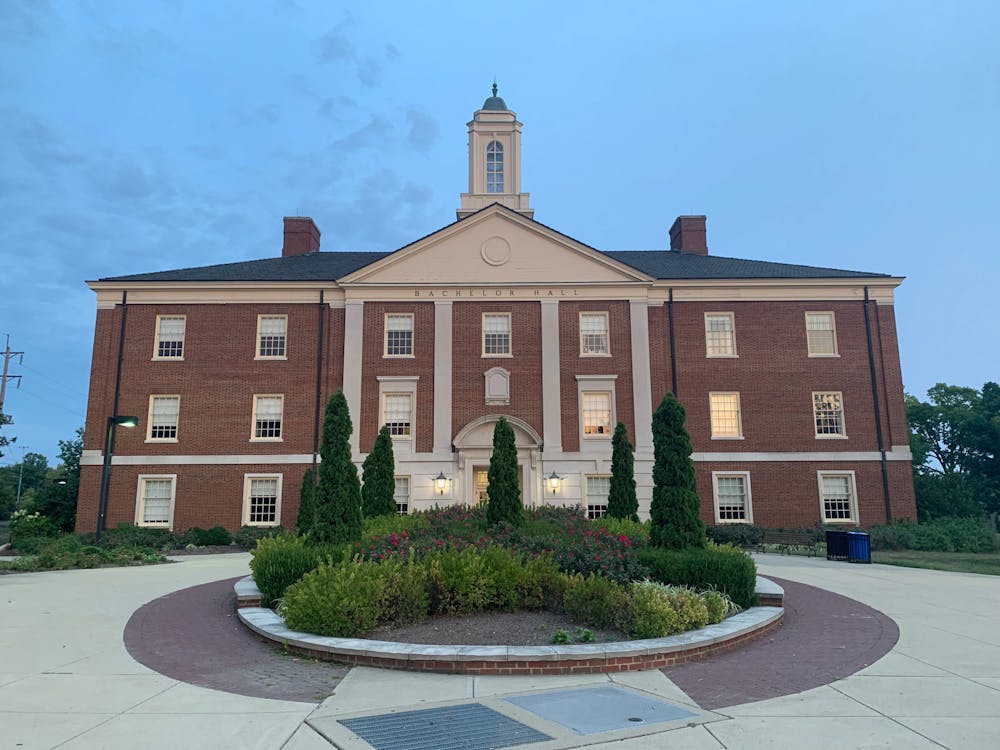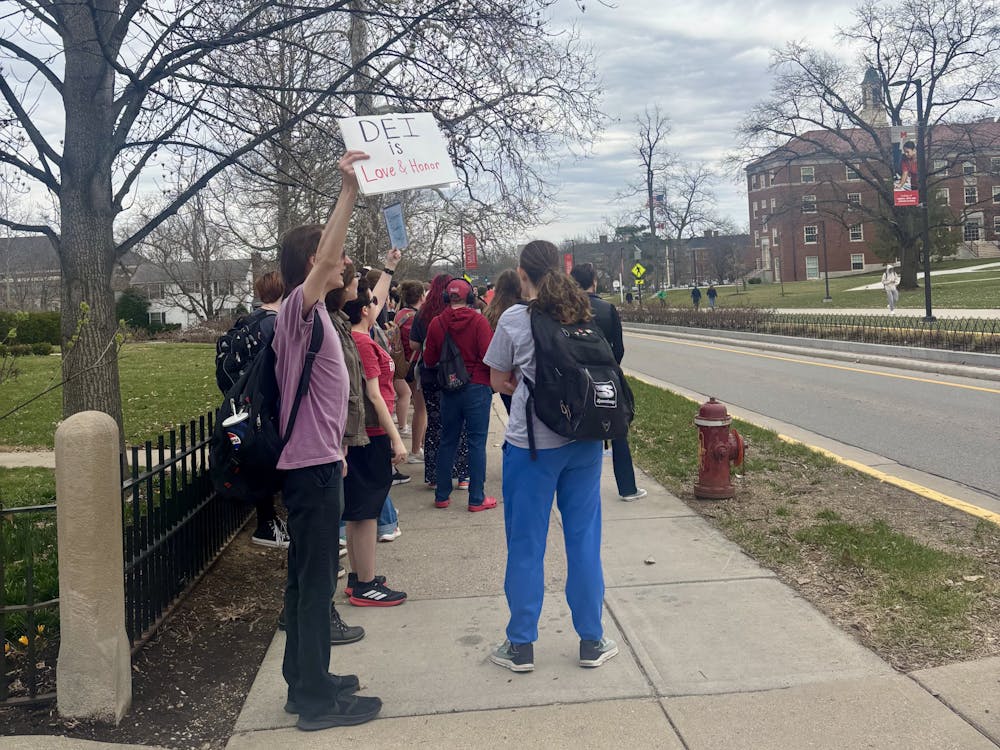After two years of online-only first-year orientation, in-person orientation returned to Miami University this summer.
For incoming students like Dylan Frank, a first-year business major, it was a good experience.
“I honestly am glad [orientation] was in-person because I like the personal connection of being able to have that face-to-face conversation,” Frank said.
Emily Brace, junior English education major and Student Orientation Undergraduate Leader (SOUL), said it was clear that last year's virtual orientation wasn’t perfect.
Before the pandemic, the orientation program included a first-year social where students could make personal connections prior to move-in.
“They would make those connections … then I would see students hang out the entire night, where I wasn’t able to get that at all when [orientation] was online,” Brace said.
The two-day orientation program normally allows incoming first-year students to get acquainted with campus while meeting and mingling with their peers. Brace said during last year’s orientation, participation was lacking.
“A lot of [students] wouldn’t turn their cameras on or wouldn’t even talk to us … so that was discouraging,” Brace said.

Elizabeth Walsh, director of Orientation and Transition Programs, said meetings with SOULs and administrators were held over Zoom, and a Canvas course was available for students to work through at their own pace.
Enjoy what you're reading?
Signup for our newsletter
“I think our online product was as good as it could have been,” Walsh said.
Although this year’s orientation was in-person, some virtual elements introduced in the past two years were included. Before arriving on campus with their families, first-year students had to complete an online Canvas course. Originally, this course was created to replace in-person orientation, but this year it became a supplemental resource.
“The Canvas course is sort of our COVID keep,” Walsh said. “We didn’t have an orientation Canvas course before the pandemic … and it ended up being something that we are really proud of.”
Additionally, the program included a game of multiple choice and fill in the blank questions which students could answer on their phone. These questions covered commonly asked questions about campus life and transitioning to college.
“It worked pretty well for most of the general population, but I know for some people they didn’t take it as seriously, they put in joke answers,” Frank said. “I could be guilty of that as well. It worked well for getting the points across but it was just kind of a distraction.”
QR codes were also included throughout presentations during orientation meetings. They helped to make resources more readily available to the students.
“I thought that was really helpful because I could take a picture of these five or six QR codes … and it made things really easy and interactive,” Frank said.
Still, the majority of orientation this year was focused on giving students the opportunity to explore and learn about campus through personal experiences.
“There will always be things that we add, adjust, change based on the changing needs of students, the changing needs of campus,” Walsh said. “But no major changes and overall [I’m] very satisfied with how this summer went and excited to welcome the class of 2026.”




